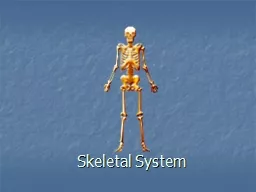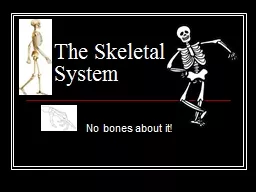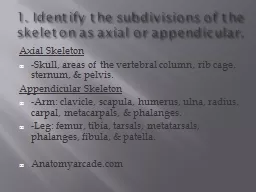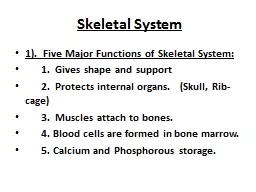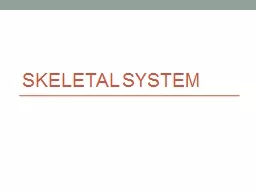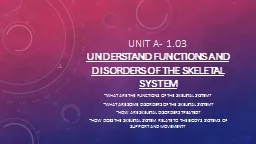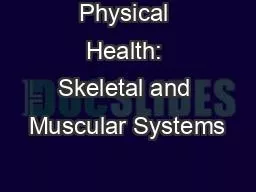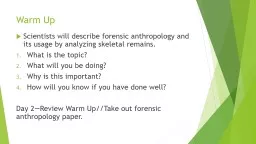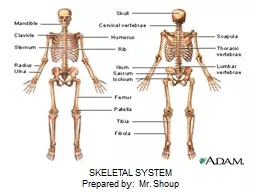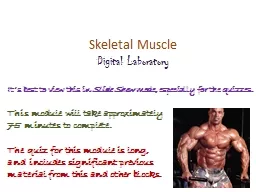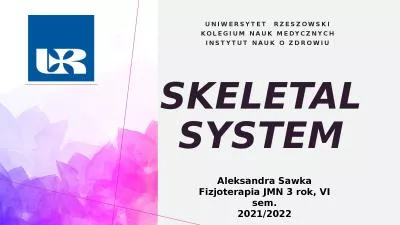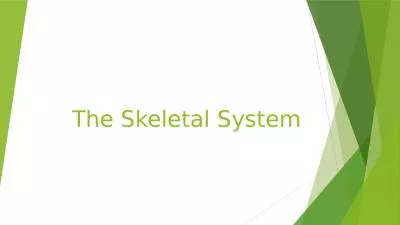PPT-Skeletal System Skeletal Functions
Author : natator | Published Date : 2020-08-04
Provides shape and support Enables us to move Protects your internal organs Produces blood cells Stores minerals such as calcium and phosphorous Bone Formation and
Presentation Embed Code
Download Presentation
Download Presentation The PPT/PDF document "Skeletal System Skeletal Functions" is the property of its rightful owner. Permission is granted to download and print the materials on this website for personal, non-commercial use only, and to display it on your personal computer provided you do not modify the materials and that you retain all copyright notices contained in the materials. By downloading content from our website, you accept the terms of this agreement.
Skeletal System Skeletal Functions: Transcript
Download Rules Of Document
"Skeletal System Skeletal Functions"The content belongs to its owner. You may download and print it for personal use, without modification, and keep all copyright notices. By downloading, you agree to these terms.
Related Documents

